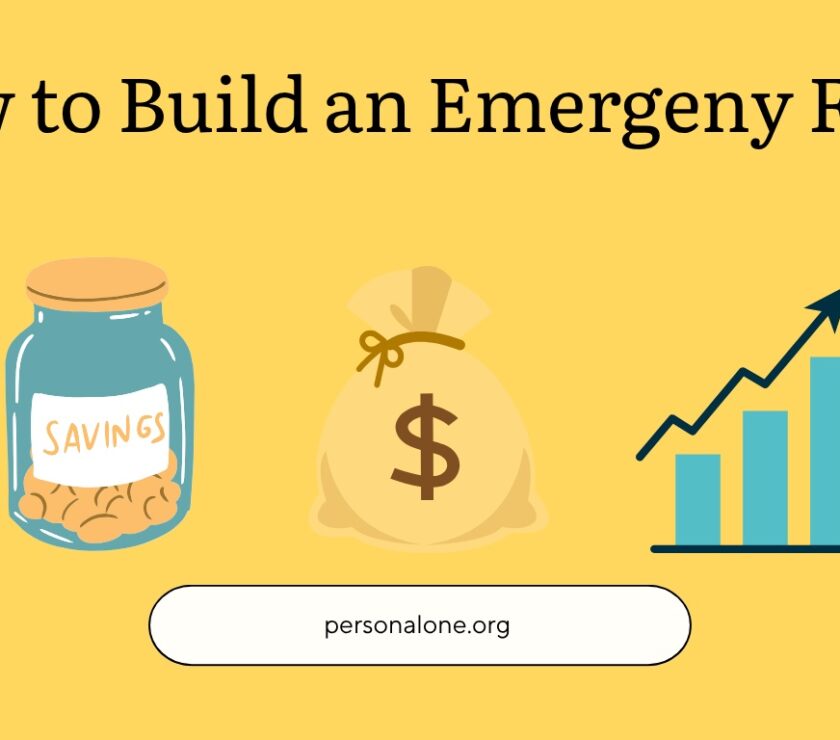New tax policies, mortgage relief, and government initiatives offer pathways for Latino families to turn homeownership into real financial security.
For 2025, the IRS has unveiled several new policies designed to help homeowners reduce tax burdens and build long-term wealth. For Latino families, these changes are particularly significant, as they represent new ways to address the unique barriers they face in achieving financial security through homeownership. According to the National Association of Hispanic Real Estate Professionals (NAHREP), nearly 50% of Latino households now own a home. Yet, the reality is that many of these families find themselves locked in high-interest mortgages that never seem to reach a zero balance, preventing them from ever feeling true ownership. New policy adjustments aim to tackle this problem head-on, helping families not just buy homes but actually turn them into wealth-building assets.
Why Should You Care?
Homeownership is one of the strongest paths to financial stability and generational wealth. But for too many Latino families, owning a home doesn’t necessarily translate into financial security. The structural inequalities in lending practices, tax liabilities, and high mortgage interest rates have created additional challenges, making it difficult for Latino homeowners to pay down their mortgage balances fully. In a society where owning property is a foundation for economic advancement, every family deserves a fair shot at that dream. For those who aren’t yet impacted by this issue, a fairer housing landscape benefits everyone, as it strengthens communities, reduces income inequality, and enhances the overall economy.
Key Changes in 2025 Homeownership Policy
President Biden and Kamala Harris Administrations recent policy updates hold specific benefits for Latino homeowners, who are often first-generation buyers navigating a complex financial system for the first time. Here are some of the new policy components likely to have the biggest impact:
1. Mortgage Interest Credit Enhancements
To address the high cost of mortgages, new provisions allow Latino homeowners with lower credit scores or those who’ve historically been underserved by financial institutions to receive enhanced mortgage interest credits. These credits, applicable in 2025 filings, mean eligible families can offset a larger portion of their mortgage interest costs, helping to reduce monthly payments and allowing more income to go toward equity.
This change aims to level the playing field for Latino households, who are often approved for mortgages at higher rates due to systemic biases. By lessening the mortgage interest burden, Latino homeowners can make real progress toward building home equity and improving their financial footing.
2. Increased Tax Deductions for First-Time Homebuyers
Another key IRS adjustment for 2025 is a significant boost in tax deductions specifically for first-time homebuyers, a category that includes a large number of Latino households. Given that nearly 40% of Latino homeowners are first-time buyers, this policy offers immediate financial relief. The deductions apply not only to the home’s purchase price but also to certain closing costs and initial maintenance expenses.
The result? Families keep more of their income during those crucial early years of homeownership. With less of a tax burden, these families can afford to put more into savings, renovations, or additional debt payments—all steps that ultimately enhance their wealth-building capacity.
3. Expanded Down Payment Assistance Programs
For Latino families with limited access to large down payments, 2025 introduces expanded access to down payment assistance programs. Often, lower down payments mean higher monthly payments, a struggle for many first-time Latino homeowners. But the updated program provides subsidies and forgivable loans for qualifying families, particularly those earning below the median income in high-cost areas.
By making it easier to enter homeownership without the risk of being “house poor” (spending too much income on housing), these programs help Latino buyers secure sustainable monthly mortgage payments. The assistance allows them to avoid high-interest private mortgage insurance (PMI) fees, which add up quickly and do not contribute to building equity.
Structural Challenges and How These Policies Help
Homeownership doesn’t automatically equate to wealth-building, especially when so many Latino families are locked into financial constraints. For instance:
- High Mortgage Rates: For many Latino families, financial histories or credit scores limit access to lower-interest loans. New programs offer relief, making it possible for more Latinos to refinance or secure affordable loans in the first place.
- Limited Wealth Transfer: Due to less generational wealth, Latino buyers are often entering homeownership for the first time without the financial backing that others might have, making long-term mortgage payments and high interest rates a heavier burden. The mortgage interest credit and tax deductions help lessen this imbalance.
Strategies for Latino Families to Maximize Wealth-Building
Taking advantage of these new policies is one of the first steps for Latino families hoping to leverage homeownership as a means to financial security. Here’s how families can make the most of these changes:
-
Use Tax Credits and Deductions Wisely: By consulting with tax professionals familiar with new IRS provisions, Latino families can ensure they receive the full benefits of these deductions, reducing their overall tax burden.
-
Consider Refinancing Options: Homeowners with high-interest loans should explore refinancing to benefit from lower interest rates and available assistance programs. Refinancing into a more manageable monthly payment will free up cash flow for other wealth-building activities.
-
Leverage Down Payment Programs for Better Terms: Families planning to buy should explore the full range of down payment assistance programs to lower their initial costs and reduce reliance on high-interest loans.
-
Focus on Building Equity Early: With lower initial mortgage costs, it’s wise to allocate additional funds toward the principal loan amount whenever possible. This can cut years off a mortgage and build equity faster, turning the home into a financial asset sooner.
The Path Forward: What Changes Still Need to Happen?
While these 2025 policy shifts offer a promising start, the system still has room for improvement. Advocates call for even more accessible home loan products tailored to the needs of Latino buyers, as well as stricter oversight of predatory lending practices. Additionally, ongoing investment in financial literacy programs will empower Latino families to navigate homeownership effectively.
Final Thoughts: A New Era of Wealth-Building for Latino Families
For the Latino community, these policy updates mark a step toward bridging long-standing wealth gaps and strengthening families’ financial futures. In a country where homeownership is celebrated as a central piece of the American Dream, these initiatives finally provide Latino families the chance to turn homeownership into a true financial asset, not just a liability. As these policies continue to evolve, they set the stage for a fairer housing landscape, one where the ability to build wealth is within reach for all.



